 W
WThe Chief of Engineers is a principal United States Army staff officer at The Pentagon. The Chief advises the Army on engineering matters, and serves as the Army's topographer and proponent for real estate and other related engineering programs. The Chief of Engineers is the senior service engineer for the Department of Defense, responsible for integrating all aspects of combat, general and geospatial engineering across the Joint Force.
 W
WJackson Miles Abbott was an American Lieutenant Colonel in the United States Army Corps of Engineers, a birdwatcher and painter. He was the son of wildlife artist Jacob Bates Abbott. He is the only artist to ever place both first and second in the same year in the Federal Duck Stamp contest. The Jackson Miles Abbott Wetland Refuge at Fort Belvoir in Fairfax, Virginia was named in his honor.
 W
WDaniel Kahikina Akaka was an American educator and politician who served as a United States Senator from Hawaii from 1990 to 2013.
 W
WMoshe Arens was an Israeli aeronautical engineer, researcher, diplomat and Likud politician. A member of the Knesset between 1973 and 1992 and again from 1999 until 2003, he served as Minister of Defense three times and once as Minister of Foreign Affairs. Arens also served as the Israeli ambassador to the U.S. and was a professor at the Technion in Haifa.
 W
WWilliam Strudwick Arrasmith was an American architect known for his designs for Greyhound bus stations in the Streamline Moderne style popular in the 1930s and 1940s. Among the over 60 stations he designed are the Cleveland Greyhound Bus Station (1948), the Montgomery, Alabama, Greyhound Bus Station (1951), and the Evansville, Indiana, Greyhound Bus Terminal (1938) which are listed on the National Register of Historic Places.
 W
WOrville Elias Babcock was an American engineer and general in the Union Army during the Civil War. An aide to General Ulysses S. Grant during and after the war, he was President Grant's private secretary at the White House, Superintendent of Buildings and Grounds for Washington D.C., and a Florida-based federal inspector of lighthouses. Babcock continued to serve as lighthouse inspector under Grant's successors Rutherford B. Hayes, James A. Garfield, and Chester A Arthur.
 W
WMajor James Warren Bagley was an American aerial photographer, topographic engineer and inventor.
 W
WLansing Beach was a U.S. Army officer who served for a time as Chief of Engineers.
 W
WRobert Wilson Blakeley was an American graphic designer, known for making the fallout shelter sign. While working for the Army Corps of Engineers, Blakeley designed the sign as a civil defense measure during the Cold War.
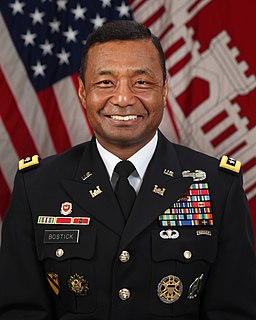 W
WThomas P. Bostick was the 53rd Chief of Engineers of the United States Army and Commanding General of the U.S. Army Corps of Engineers. Since the creation of West Point in 1802 as the Nation's first engineering school, Lt. General Bostick is the only African American Graduate of the Academy to serve as the Chief of Engineers and Commanding General of the U.S. Army Corps of Engineers. Following his military career, General Bostick served as the Chief Operating Officer and President of Intrexon Bioengineering. He is a Director on the Boards of Perma-Fix, HireVue and Streamside. Bostick also serves as a Forbes Contributor.
 W
WWilliam Bowie, B.S., C.E., M.A. was an American geodetic engineer.
 W
WLieutenant General Joseph K. Bratton was an American Army officer and nuclear engineer.
 W
WStephen F. Brauer is a businessman, philanthropist and former U.S. Ambassador to Belgium (2001–2003). Brauer is currently Chairman of Hunter Engineering Company, a manufacturer of automotive service equipment and technology that is headquartered in St. Louis, Missouri.
 W
WGrafton Tyler Brown (1841–1918) was an American painter, lithographer and cartographer. Brown was the first African American artist to create works depicting the Pacific Northwest and California.
 W
WLytle Brown was a U.S. Army officer who fought in the Spanish–American War and participated in the Mexican Expedition of 1916. Brown later served as Chief of Engineers from 1929 to 1933.
 W
WMargaret W. Burcham is a retired American brigadier general. She was the first female brigadier general in the U.S. Army Corps of Engineers.
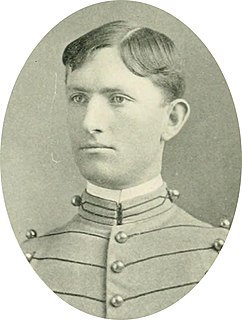 W
WHarry Burgess was governor of the Panama Canal Zone from 1928 to 1932.
 W
WThomas Lincoln Casey Sr. was a noted American military and civil engineer of the late 19th century. He served as Chief of Engineers for the United States Army Corps of Engineers and oversaw the completion of the Washington Monument. American engineer Richard Weingardt wrote that Casey was the "U.S. Army Corps of Engineers’ most visible and celebrated builder of public buildings, monuments, and other significant works in the latter part of the 19th century."
 W
WGeorge Washington Cass was an American industrialist and president of the Northern Pacific Railway.
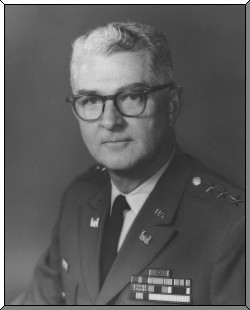 W
WWilliam F. Cassidy was a commanding officer in the United States Army during and after World War II.
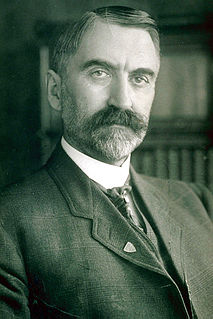 W
WHiram Martin Chittenden was an American engineer and historian. A graduate of West Point, he was the Seattle district engineer for the Army Corps of Engineers from 1906 to 1908). Chittenden was one of the first three elected Port Commissioners at the Port of Seattle. He also helped found the Pacific Coast Association of Port Authorities, later known as the Association of Pacific Ports in 1913. The Hiram M. Chittenden Locks in Seattle are named in his honor.
 W
WRené Edward De Russy was an engineer, military educator, and career United States Army officer who was responsible for constructing many Eastern United States coastal fortifications, as well as some forts on the West Coast. He also served as superintendent of the United States Military Academy. He was promoted to brigadier general during the American Civil War.
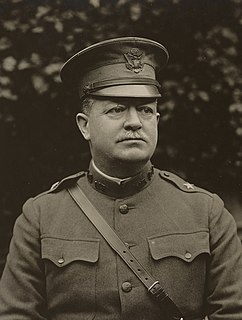 W
WHerbert Deakyne was a United States Army officer and engineer in the late 19th and early 20th centuries.
 W
WThomas Cooper "Cooper" Evans was a three-term Republican U.S. Representative from Iowa's 3rd congressional district. First elected to Congress in a close race amidst a Republican landslide, in a district that became less Republican through reapportionment, Evans defied expectations by winning re-election by increasingly large margins.
 W
WEarl Faircloth was an American politician and lawyer who served in the Florida House of Representatives and as Attorney General of Florida.
 W
WBunnatine (Bunny) H. Greenhouse is a former chief contracting officer Senior Executive Service of the United States Army Corps of Engineers. On June 27, 2005, she testified to a Congressional panel, alleging specific instances of waste, fraud, and other abuses and irregularities by Halliburton with regard to its operations in Iraq since the 2003 invasion. She described one of the Halliburton contracts as "the most blatant and improper contract abuse I have witnessed during the course of my professional career".
 W
WChester Harding was Governor of the Panama Canal Zone from 1917 to 1921.
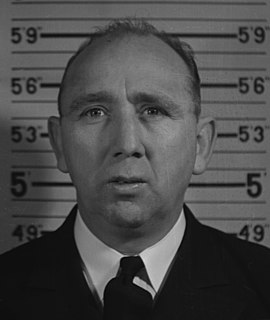 W
WWilliam C. Hart was a sailor in the United States Coast Guard. He first enlisted on September 3, 1924, when he was 26 years old. He was promoted to Boatswain's mate and was in command of CG-213 when it effected a daring rescue of a stranded tugboat in November 1926. During this rescue Hart dived into dangerous seas to rescue a member of the tug's crew who had fallen overboard. According to his Coast Guard biography: "Hart jumped overboard and affected the rescue at great personal risk, as the two vessels were not more than 8 feet apart in the raging seas." For this act of heroism Hart was awarded the Gold Lifesaving Medal. In 1927 his heroism in fighting a gasoline fire earned him a commendation.
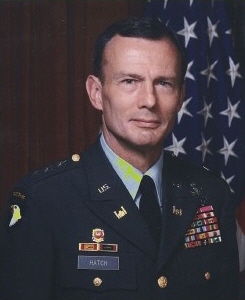 W
WLieutenant General Henry J. Hatch served as Chief of Engineers for the United States Army from June 17, 1988 – June 4, 1992.
 W
WDorrel Norman Elvert "Whitey" Herzog is an American former professional baseball outfielder and manager, most notable for his Major League Baseball (MLB) managerial career.
 W
WHarry Foote Hodges was a United States Army officer in the late 19th and early 20th centuries. He served in the Spanish–American War and World War I, and he received the Distinguished Service Medal.
 W
WLisa Jaster is a United States Army Reserve lieutenant colonel and engineer officer who was the first female reserve soldier to graduate from the Army's Ranger School. She completed the training, which as many as 60 percent of students fail within the first four days, after "recycling" through, or retrying, several phases of the multi-locational course. Due to being recycled, she was at the school for six months; the school takes a minimum of 61 days and includes up to 20 hours of training per day alongside a strict diet. She graduated at age 37, while the average trainee age is 23.
 W
WHenry Jervey Jr. was an American Major general during World War I. In 1917, he wrote the book Warfare of the Future.
 W
WRoy Skiles Kelley. Following his graduation from United States Military Academy, he was assigned to the Army Corps of Engineers, and joined the 358th Engineer Service Regiment. He landed at Omaha Beach on June 9, 1944, and spent the remainder of World War II in the European theater. He was awarded several military awards, including the Legion of Merit with Oak Leaf Cluster, the Bronze Star Medal, and the Distinguished Service Medal. From 1969 To 1971, Kelley was the Division Engineer for the Corps' North Pacific Division in Portland, Oregon. He moved to New Orleans following his retirement from the US Army in 1971, with the rank of Brigadier General. Kelley worked as an engineer in New Orleans for many years, before starting his own construction and arbitration business. He was elected to several boards in Jefferson Parish.
 W
WDan Christie Kingman was an officer in the United States Army who served as Chief of Engineers from 1913 to 1916.
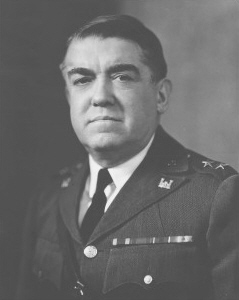 W
WEdward Markham was a United States Army officer who served in France during World War I and was later Chief of Engineers from 1933 to 1937.
 W
WJohn W. Morris was an American Lieutenant General who became Chief of Engineers.
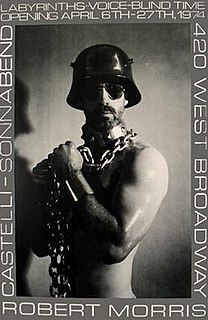 W
WRobert Morris was an American sculptor, conceptual artist and writer. He was regarded as having been one of the most prominent theorists of Minimalism along with Donald Judd, but also made important contributions to the development of performance art, land art, the Process Art movement, and installation art. Morris lived and worked in New York. In 2013 as part of the October Files, MIT Press published a volume on Morris, examining his work and influence, edited by Julia Bryan-Wilson.
 W
WFrank Padavan was an American engineer and politician. He served as a New York state senator representing District 11, located in Queens County. His district included the communities of Queens Village, Flushing, Bayside, Whitestone, Douglaston, Little Neck, College Point, Bellerose, Hollis, Jamaica Estates, Floral Park, and Glen Oaks. A Republican, Padavan lost his 2010 bid for re-election to Democrat Tony Avella.
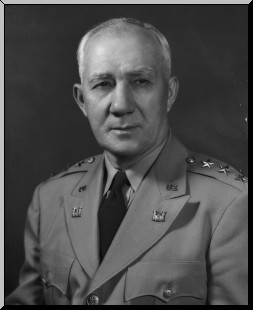 W
WLewis Andrew Pick was an American engineer who served as Chief of Engineers in the United States Army.
 W
WNorman Blaine Saunders was a prolific 20th-century American commercial artist. He is best known for paintings in pulp magazines, paperbacks, men's adventure magazines, comic books and trading cards. On occasion, Saunders signed his work with his middle name, Blaine.
 W
WJulian Larcombe Schley was a Chief of Engineers of the U.S. Army, who also served as Governor of the Panama Canal Zone.
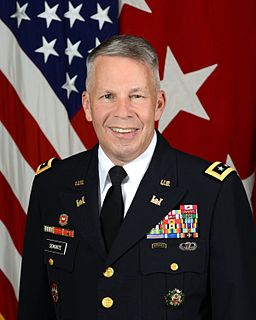 W
WTodd Thurston Semonite is the 54th chief of engineers of the United States Army and the commanding general of the U.S. Army Corps of Engineers (USACE). Semonite graduated from the United States Military Academy with a Bachelor of Science degree in civil engineering and was commissioned into the Army Corps of Engineers in 1979. He also holds a Master of Science degree from the University of Vermont and a Master of Military Art and Science from the U.S. Army Command and General Staff College.
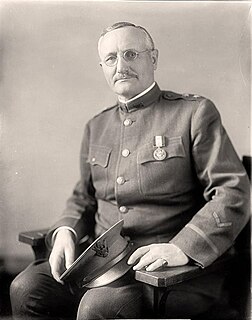 W
WMajor General William Luther Sibert was a senior United States Army officer who commanded the 1st Division on the Western Front during World War I.
 W
WWilliam Aiken Starrett, Jr. was an American builder and architect of skyscrapers. He was best known as the builder of the Empire State Building in New York City (1930–31). He was a principal officer of several companies associated with building approximately 200 notable buildings and skyscrapers in cities throughout the United States. He sent steel construction technology to Japan to help design buildings to resist earthquakes. During World War I he was a Colonel and assigned to overseeing the architectural engineering of army construction for military housing for over a million soldiers.
 W
WCharles Seaforth Stewart was a colonel in the United States Army Corps of Engineers. He graduated first in his West Point Class of 1846, which included future generals George McClellan, Stonewall Jackson, and George Pickett.
 W
WCarl Ames Strock was a United States Army officer, and was Chief of Engineers and the Commanding General of the United States Army Corps of Engineers. He was born in Georgia and grew up in an Army family. He enlisted in the Army and received his commission as an infantry second lieutenant following graduation from Officer Candidate School in 1972. After completing Ranger and Special Forces training, he served primarily with infantry units before transferring to the Engineer Branch of the U.S. Army in 1983. He holds a Bachelor of Science degree in civil engineering from the Virginia Military Institute and a master's degree in civil engineering from Mississippi State University. He is a Registered Professional Engineer.
 W
WMerdith Wyndham Bolling "Bo" Temple, sometimes called "Bo" Temple, is an American military officer who as Major general was the Acting Chief of Engineers of the United States Army Corps of Engineers from June 17, 2011 to May 22, 2012. Temple is a career military engineer, and previously served as Deputy Commanding General of Civil and Emergency Operations under his predecessor, Robert L. Van Antwerp Jr.
 W
WLieutenant General Robert L. Van Antwerp Jr. M.Sc. M.B.A. PE was the Chief of Engineers of the United States Army and Commanding General of the U.S. Army Corps of Engineers.
 W
WHenry Joseph "Guy" Voight was an American rugby union player who played at lock for the United States men's national team in its first capped match against New Zealand in 1913.
 W
WJames Edward Westcott was an American photographer who was noted for his work with the United States government in Oak Ridge, Tennessee, during the Manhattan Project and the Cold War.
 W
WBorn in Watertown, New York, on March 28, 1938, Arthur E. Williams obtained a commission as an Army engineer officer upon his graduation in 1960 from Saint Lawrence University, where he majored in mathematics. At St. Lawrence he was a member of Phi Sigma Kappa fraternity. He later obtained a bachelor's degree in civil engineering from Rensselaer Polytechnic Institute and a master's degree in civil engineering and economic planning from Stanford University.